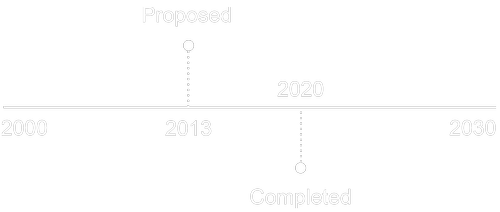
Location
Singapore

Stakeholders
Singapore Government
As a response to the increasing levels of traffic congestion, in 2015 the Singapore government launched the Sustainable Singapore Blueprint (SSB) which had five strategic thrusts to build a sustainable city, and one of the key elements was “a car-lite†Singapore. Thus, SSB has focused on shifting mobility to walking, biking, and public transportation.
Development of AVs in Singapore started in 2010, and public trials have been conducted since 2014. The scope of these trials has been broad, with multiple modes of AVs tested. In 2016, NuTonomy — a team from MIT — partnered with local experts to execute the world’s first driverless taxi trials on public roads. In addition to this experience, 10 different developers of autonomous vehicles and more than 30 vehicles have been tested for the purpose of getting an AV authorisation, which allows them to be trialled on public roads. These vehicles run the gamut in size and function, with the smallest being a car similar in size to a Renault Zoe and Mitsubishi iMiEv, and the largest being a 12 m city bus (Razdan, 2020). Singapore has forged a critical linkage between operators, regulators, and technology experts. A joint team was developed between CETRAN – the Centre of Excellence for Testing & Research of AVs operated by engineers from NTU -, the Land Transport Authority (LTA), the traffic police and JTC (planning agency). Unparking – an initiative developed by the MIT Senseable City Lab – quantifies the impact of shared mobility and driverless cars on parking spaces. It is based on two scenarios: the current situation with private cars needing a parking spot at every destination they visit and a scenario with shared self-driving cars that can be put to more productive use after finishing any particular trip instead of idly occupying parking. Unparking takes a data-driven approach, using an accurate simulation of trips that are taken by private vehicles today in Singapore. The initiative predicts savings up to 86% in current parking space with the trade-off of increasing traffic by up to 24%. On the other hand, a more modest 57% reduction is possible with only 1.3% increase in traffic. This highlights that cities and shared fleet operators will have to work together to find the optimum point in a changing landscape of urban transportation.
A transition to shared mobility models could bring tangible reductions in parking infrastructure, with a smaller number of idle cars. A significant number of current parking spaces could be freed up or repurposed if a complete switch occurs from private cars to shared mobility.
Year

